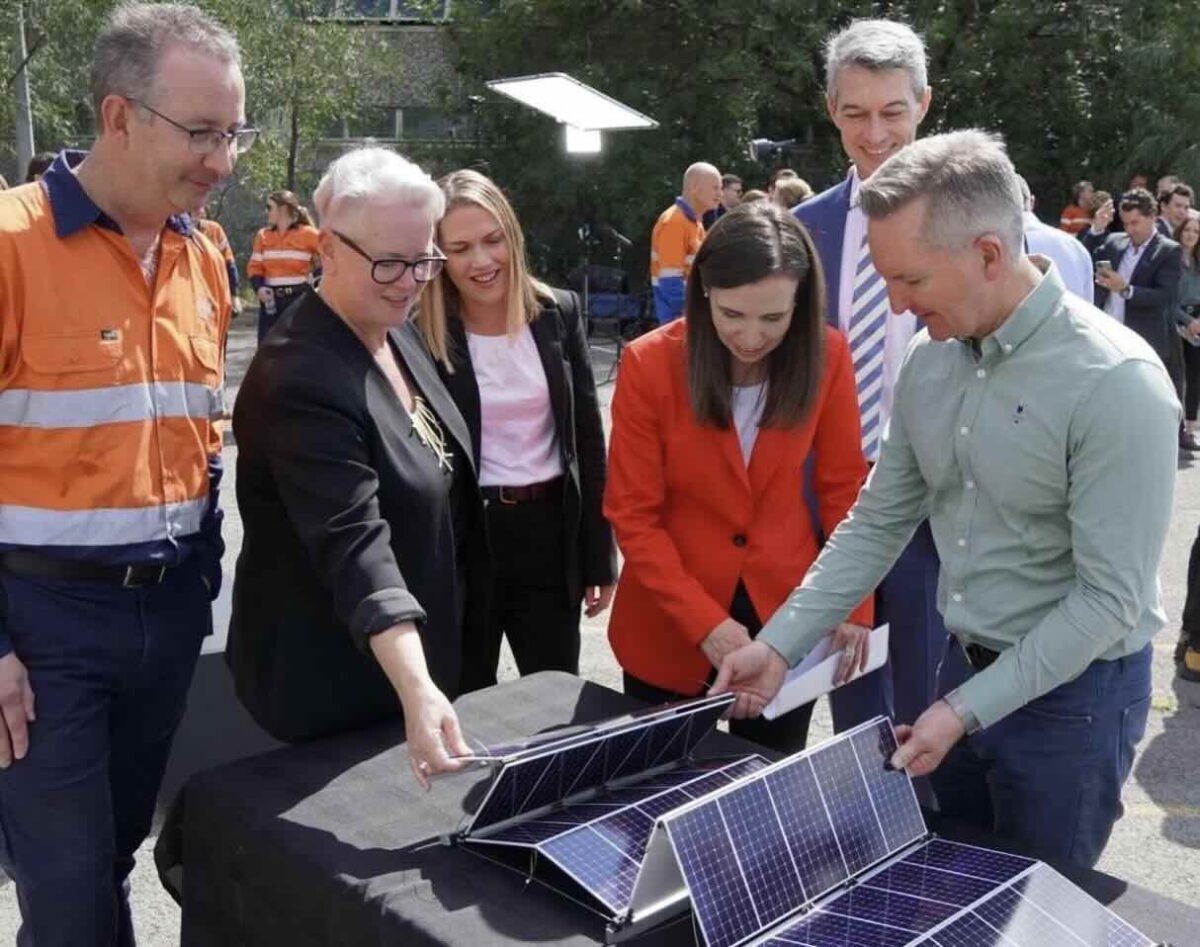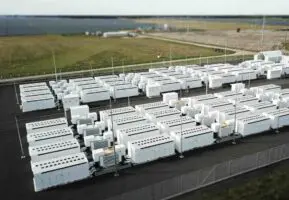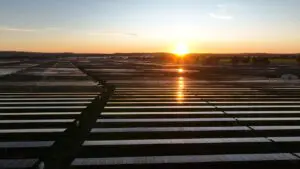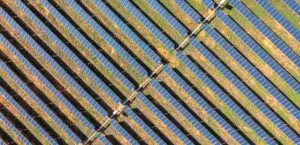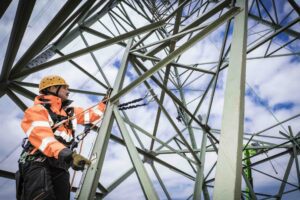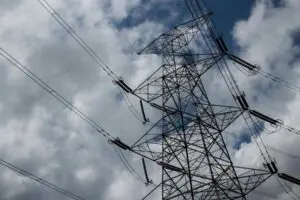Can Australia compete with China – or indeed, should it even try – on solar manufacturing? It’s a question that has been on high rotation since last week’s announcement that the Albanese government is setting aside up to $1 billion in public funding to help establish of a solar supply chain in Australia.
The Australian Financial Review editorialised on Monday that federal Labor’s Solar Sunshot is a policy “flight of fancy” that is economically doomed to fail.
A separate AFR story cites the Grattan Institute’s Tony Wood as saying it’s unclear what Australia’s strategic advantage is on solar manufacturing – an industry sector he describes as a “bloodbath.”
“The question is this: it hasn’t worked so far, so why would it be different this time?” Wood said.
Other reports have asked the same question, citing the record low manufacturing costs of China’s solar industry, and even the recent decision by Meyer Berger to close Europe’s biggest solar manufacturing facility.
But according to Darren Miller, the chief of the Australian Renewable Energy Agency (Arena), the strategy behind federal Labor’s Solar Sunshot is pretty clear – and it’s driven by a different sort of question.
“I think it’s really about Australia waking up to the challenge and saying, can we afford to be reliant on other countries to such an extent as we are today for what is ultimately going to be just an incredibly important fundamental technology for the energy transition and underpinning our [renewable energy] superpower ambitions?”
In an interview with Renew Economy for the Solar Insiders podcast, Miller says he doesn’t have a “defeatist attitude that Australia can’t perform or compete or have a role to play” in the global supply chain for solar PV.
“We can’t just assume the future is going to be like the past and not have a perspective on where we need to be looking for advancements,” he says.
“I don’t think that the time has fully passed [for Australia]… the world is still scaling up for the for the vast solar manufacturing in deployment opportunity that that is ahead of us.”
But he also stresses that Arena is fully aware of the challenges ahead – many of them laid out in great detail in the landmark Silicon to Solar study that was published in February by the Australian PV Institute (APVI) working with Deloitte and a group of key industry stakeholders including The Australian Centre for Advanced Photovoltaics (ACAP), AGL, Aspiradac, Energus, Siemens, SunDrive, Tindo Solar and 5B.
“The economics are very challenging – China dominates the space with very low cost, very high quality product. And so I don’t think anybody is going into this naively thinking it’s going to be easy, and, and profitable from day one.
But it’s not all about economics. As APVI chair Muriel Watt put it, following the release of the Silicon to Solar study, asking how we can compete with China is not all that helpful.
“We’re not trying to compete with China. We can’t. It’s just not something that you would set yourself to do,” Watt said at the time.
Watt argues that a better question is, how are we going to reduce our dependence on China while shifting to 100% renewables and decarbonising industry?
And Miller agrees.
“If we have no [stake]… in the supply chain, and then if things get disrupted by future pandemics, or geopolitical situations, or even just the [huge global] demand, … Australia shouldn’t be in our view, just left at the at the tail end of all of that,” Miller said this week.
“We need to be able to play a meaningful role in the supply chains. And that doesn’t mean we need to be able to do everything ourselves. But it does mean, we should find out if there are sweet spots where Australia can thrive and and others rely on us so that when when things get difficult, we have a seat at the table.”
Framing solar manufacturing as some sort of race run by the rest of the world against China is also unhelpful, Miller says.
Like Watt, he believes that Australia has a lot to learn from China and should be trying to work with them rather than competing.
“It’s actually about collaborating and trying to play a more meaningful role… in this in this very important supply chain,” he told RenewEconomy.
“There’s certain parts of that supply chain that we probably could not do in Australia without the involvement of Chinese partners.
“When you look at that Silicon to Solar report … which I think has been a really seminal piece of work, …the ingot and wafer part of the supply chain, which is a really crucial step, I think something like 98% of world ingots are manufactured in China, and that is just a huge concentration risk – even for China.
“I think if we were to do that in Australia, and it’s certainly something we will look at in this program, we’re going to need to leverage the learnings from the Chinese who have spent the better part of a decade perfecting this technology.
“So I think we’ll have to be open to Chinese investments in Australia, we’ll have to be open both ways to sharing knowledge and what we learn.
“And I think Australia has a really kind of interesting role to play as a bridge between the West and the East, if you like, that we’ve got this growing, improving relationship with China, we’ve also got a strong relationship with the US and western trading partners. And perhaps there’s a role for Australia to be to be … a lily-pad, if you like, for these two worlds to meet and collaborate better?”
In Australia, the Solar Sunshot is also about backing local industry.
“The industry …has been advocating for this,” Miller says. “There are players in Australia who would like to manufacture modules and think that they can make a go of it.
“And so what Arena will do – and it’s what we do best – is take those ambitions from the industry and figuring out what that pathway looks like to commerciality. And structuring programs and funding that gives those opportunities the best chance of success.
“But I would view that as just the very beginning of, of the process, and what we will look to do is use whatever is remaining in that billion dollars that is not used for, say, making modules, we would look at it for the whole of the rest of the supply chain.”
Tim Buckley, the founder and director of Climate Energy Finance, says Solar Sunshot puts Australia in the global cleantech race, while also rebuilding its sovereign manufacturing capabilities and bolstering energy security and economic resilience.
“Sunshot and these related initiatives are important steps in a uniquely Australian response to the US Inflation Reduction Act – the $1 trillion “green new deal” that is turbocharging cleantech re-industrialisation in the US and attracting a tidal wave of hundreds of billions of dollars of private capital,” Buckley says.
“We often hear Australia can’t respond to the scale of that brilliant US$1 trillion ambition, or to developments like last week’s US$313bn of new public finance support from the South Korean government to build out their energy transformation efforts.
“CEF sees it otherwise. Australia is number one in the world in iron ore exports with a more than 50 per cent global share, and enormous potential to develop a globally dominant green iron export industry. And we’re number one in the world in lithium spodumene exports in 2023, with a more than 50 per cent global share.
” We need to see Australian ambition commensurate with this resources leadership,” Buckley says.

